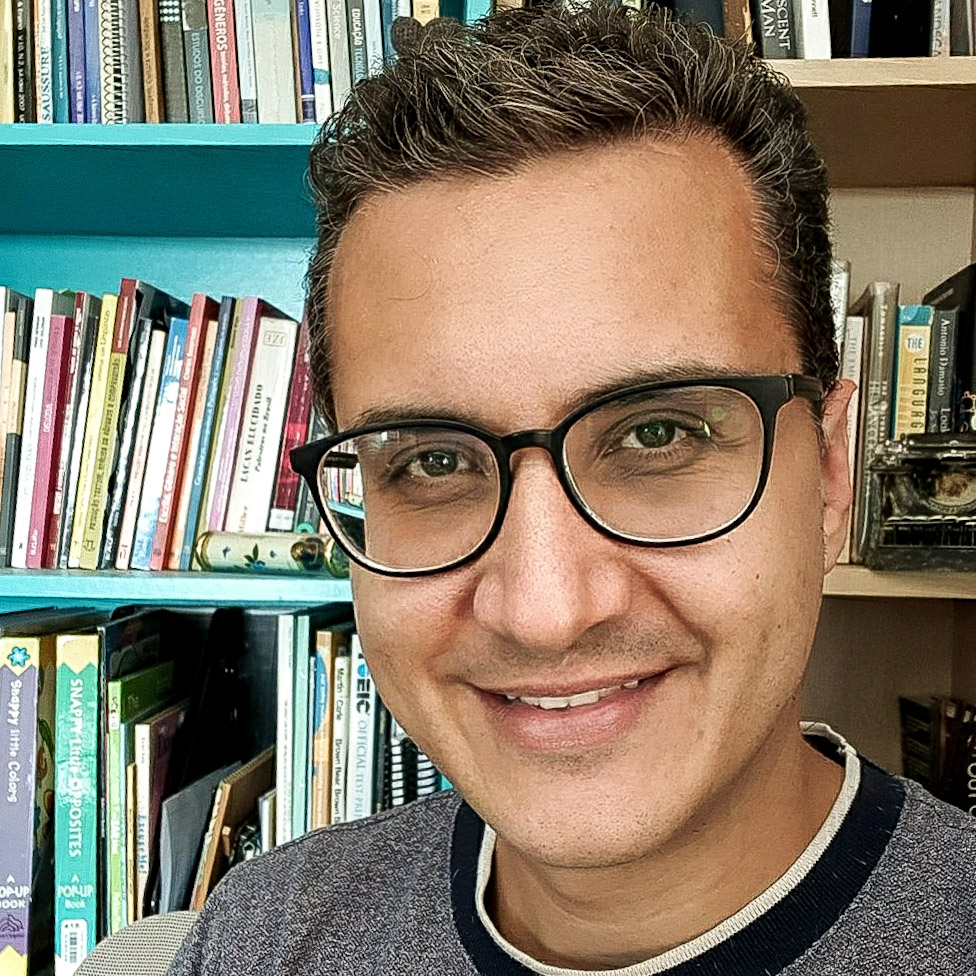Here you can discover more about the robots that I have designed during my career. Just select from the list below!
Dimitri is a full-size open-source 31 DOFs humanoid robot designed for research on the field of cognitive robotics.
This robot's main novelty is in the use of custom designed series elastic actuators (SEAs) in all joints of its arms and knees. The SEAs consist of torsional springs made of polyurethane, milled aluminium fixtures and include an electronic circuit for measuring rotation.
Because of the SEAs, this robot is very robust against sudden impacts. In order to demonstrate Dimitri’s robustness, provided by its SEA joint’s passive compliance, a brick of 2.57 kg was dropped from a 50 cm over the robot’s left arm end-effector, as it can be seen in the video below. These joints also allow the robot to sense torque, allowing it to dynamically explore environment's constraints.
We are currently working on upgrades to enable Dimitri to learn from humans through imitation.
Beo is a low-cost small size humanoid robot on wheels designed by our team at Qiron Robotics (a start-up company that I co-founded). Beo is a tool for social robotics. It uses a Raspberry Pi 3 as its main processor, thus leveraging from a huge developer community.
Beo has a friendly design that easily atracts and engage young kids. It can used as a tool to teach programming, using blocks.
This robot is 3D printed using PLA and then carefully finished by hand, thus making it relatively easy to customize the design.
Despite being very easy to use, Beo is rather sophisticated and well equipped. It has a camera, sonar, audio interface, touch sensor, infrared transmitter, wifi interface, wheels with encoders and 9 intelligent servo actuators networked to move its arms and head. More details on the infographic below.
You can see Beo in action on the video below (portuguese).
Between 2013 and 2014 we developed a telepresence robot as an out-reach project in collaboration with HUSM (UFSM's university hospital). At HUSM there is a pediatric oncology group where they treat cases of children with cancer from all around our state. During chemotherapy these children need to be isolated in the hospital, due to the fragility of their immune system. So our idea was to use telepresence as a way to help them get in touch with friends and family.
In our first tests we soon noticed how the children needed the robot to be friendly in design, and shorter than adult size (see video below).
Based on that experience we worked along with students of industrial design to adapt the robot to our needs.
We also have participated in RoboCup Humanoid League competitions with Juarez, our little humanoid robot. Juarez is a version of the open-hardware DARwIn-OP humanoid robot platform.
During my Ph.D. I designed a series of microrobots in collaboration with CITIZEN Co. Japan. These robots used tiny stepper motors, similar to the ones used to move the minute hands of watches.
With these microrobots we designed a mixed-reality soccer competition that was held in RoboCup from 2006 until 2011.
I also ended up using this same setup for insect behavior studies, in collaboration with Prof. Hitoshi Aonuma from Hokkaido Univ (I became vegan shortly after that).











